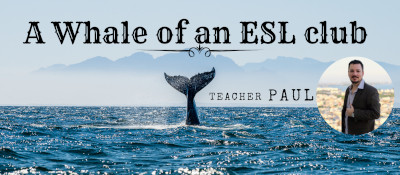- Learn interesting facts about aquatic animals
- Improve speaking in complete sentences
- Discuss and debate the unknown under the sea
- Discover ways we can save our oceans
- Speak more fluently about our oceans and animal life
- Reinforce your learning with oceans games and quizzes
- Retell a story, make predictions, and compare each story to your own life
Lesson No. 1
Fun facts about ocean animals
Here are some fun facts you may not have known before about ocean animals:
-Dolphins sleep with one eye open to keep an eye out for predators.
-An Electric eel can produce enough electricity to power around 10 light bulbs.
-Male seahorses can give birth and are the only animal that can do so.
-A shrimp’s heart is located in their head.
-Turtle’s actually live in every continent, except for Antartica.
We will learn about:
dolphins
seahorse
octopus
sharks
whales
jellyfish
turtles
No. 2
It perfectly complements geography lessons, as they will learn the names and locations of the seven continents and five oceans, before Mr. Paul tests their knowledge. They will learn to take some notes and use an Atlas, so they can take all the information in. The Oceans of the World PowerPoint Quiz includes eight different questions which children must answer using their Atlas to help. The slides are interactive, so children must pinpoint which ocean the question is referring to.
No. 3 Ocean Habitats
The ocean habitat consists of smaller, more specific ocean habitats that are home to a range of marine species.
Ocean habitats are normally divided into two sub-groups, coastal habitats and open ocean habitats.
Some ocean habitats are much warmer and more shallow (coastal), whilst others are deep, dark and cold (open ocean).
Animals such as seahorses, clownfish, and sea turtles all live on coral reefs, which would be considered a coastal habitat. Even corals themselves are animals! These areas have kelp forests which provide food and shelter for the marine life there.
Twilight Zone – Up to 1000m below the surface of the ocean and creatures that live here have big eyes to help them navigate.
Midnight Zone – It is pitch black in this layer and the creatures that live here produce their own light to hunt their prey.
Abyss – 75% of the ocean bed is in this layer and only invertebrates can survive within the freezing temperatures.
Trench – Up to 11,000m below the surface of the ocean and can only be explored using specialist scientific equipment.
No. 5 Underwater Animal Adaptations
Underwater Animal Adaptations will introduce children to six animals that are adapted to live in the aquatic biome.
Children will learn how the Remora fish, the Stonefish, the giant Pacific Octopus, the Stickleback fish, the Comb jellyfish and the Anglerfish are adapted to survive in their habitats.
Students will get a brief overview of the aquatic biome and the difference between freshwater and saltwater habitats.
Does the glowing bulb of the anglerfish in Finding Nemo exists?
Indeed it does! When the main characters pass through the darkest part of the ocean, they notice small glowing lights which are then revealed to be several anglerfish trying to eat them.
Anglerfish use this feature to attract their prey.
What is a biome?
A biome is a large region of Earth with a specific climate and living creatures.
The aquatic biome is the largest on our planet, taking up about 75% of the surface of the Earth.
No. 6 Under the Sea Food Chains
No. 7 Plastic Pollution in the Ocean
No. 8 Reviving Our Oceans

